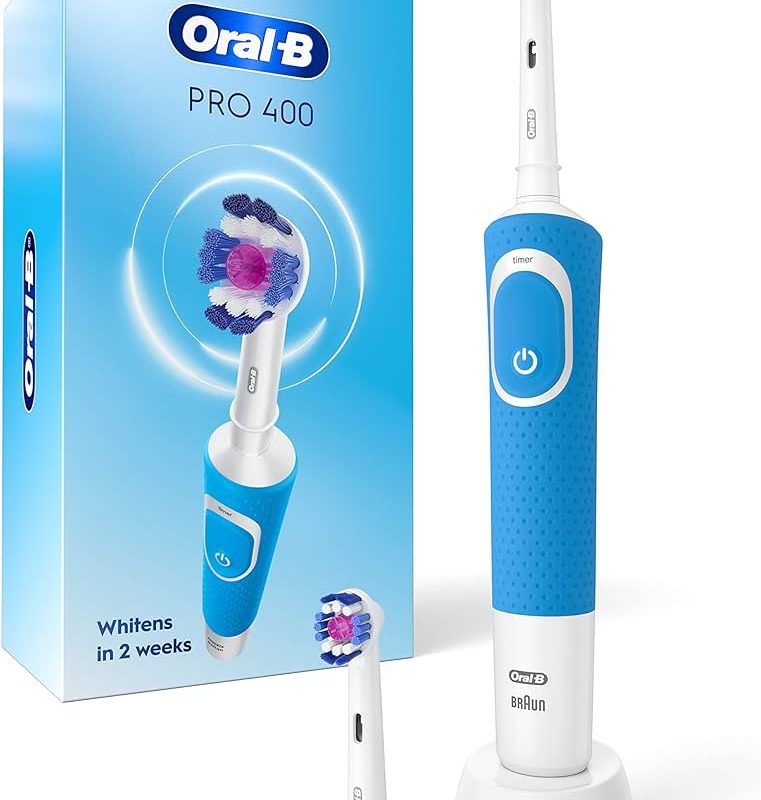Introduction:
Addressing the issue of mold on toothbrushes
Mold growth on a toothbrush can be a concerning and unsightly problem. Not only can it impact the overall cleanliness of your oral care routine, but it may also pose health risks. In this guide, we will explore strategies to prevent and deal with mold on your toothbrush. From proper cleaning techniques to storage tips, we will provide specific details on how to maintain a mold-free toothbrush and promote optimal oral hygiene.
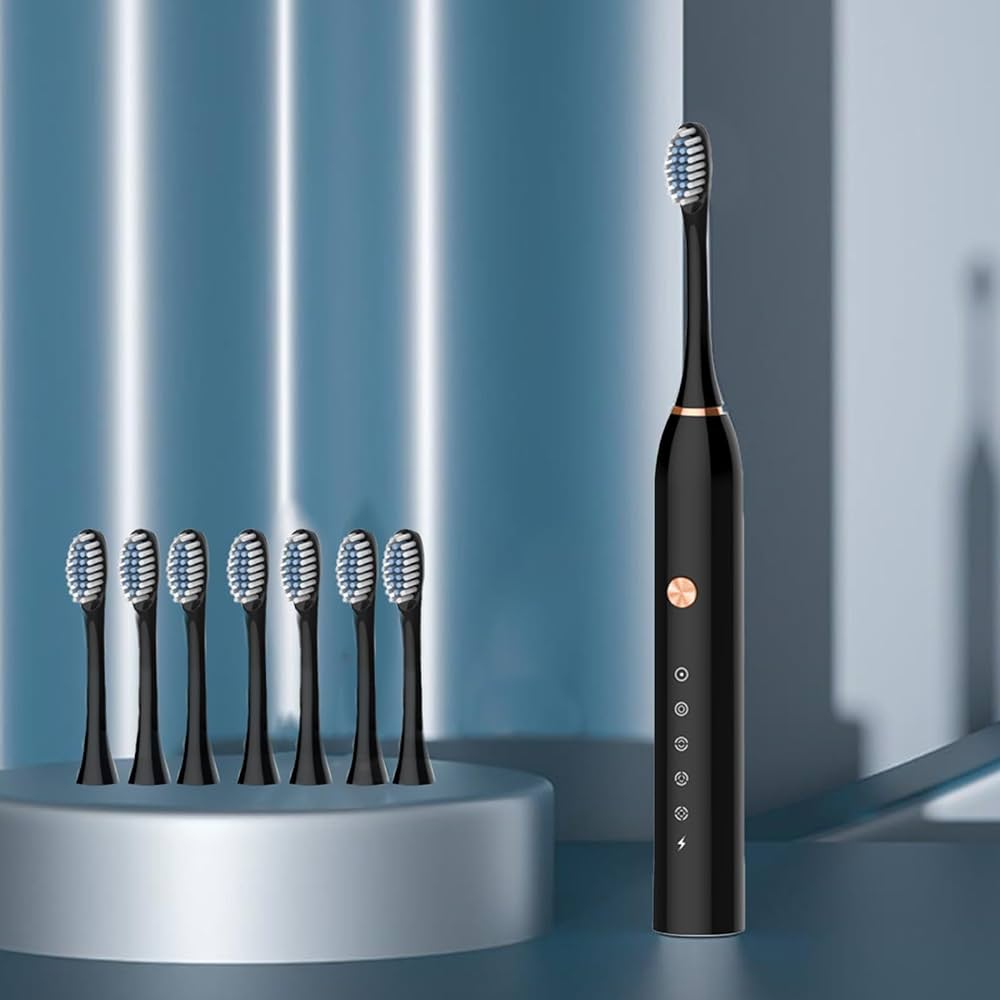
How to Prevent and Deal with Mold on Your Toothbrush
-
Understanding the Causes of Mold on Toothbrushes
a. Moisture and humidity: Mold thrives in moist environments, making toothbrushes susceptible to mold growth, particularly in bathrooms with poor ventilation or where toothbrushes are not adequately dried.
b. Improper storage: Storing toothbrushes in closed containers, without proper air circulation, can trap moisture and contribute to mold development.
c. Contaminated surfaces: If toothbrushes come into contact with contaminated surfaces, such as sink countertops or toilet areas, it can introduce mold spores to the bristles.
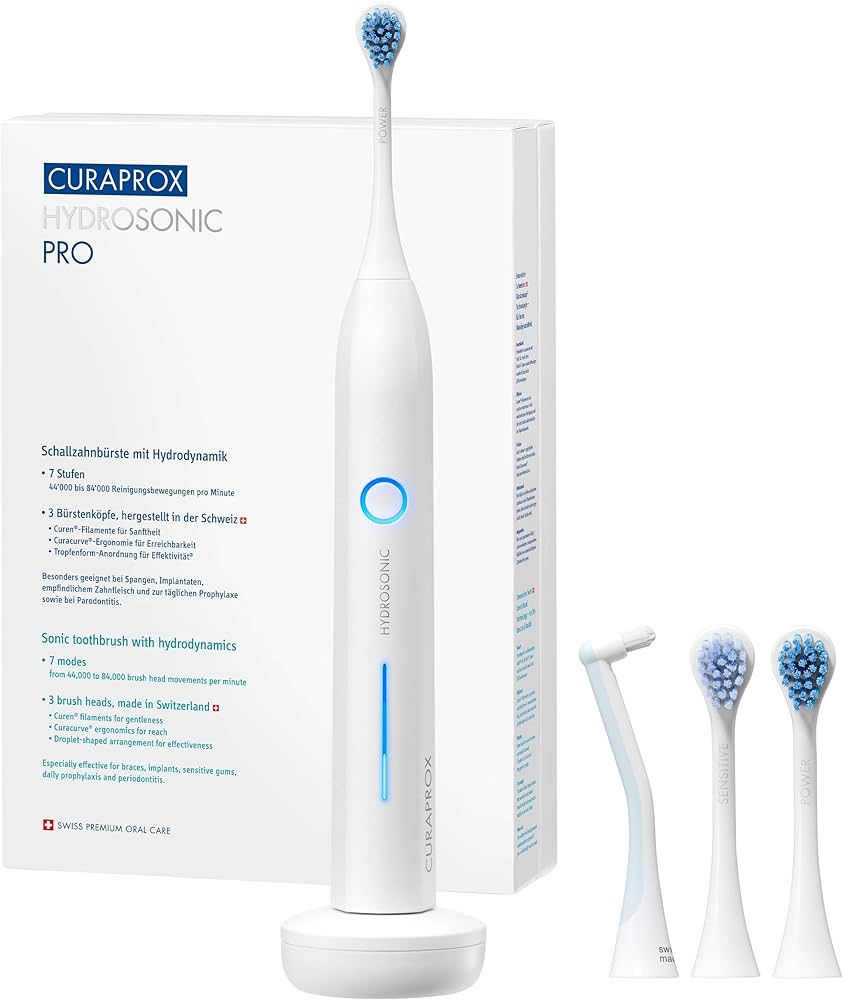
-
Prevention Strategies for Mold Growth
a. Rinse before and after use: Thoroughly rinse your toothbrush with tap water before and after brushing to remove residual toothpaste and debris, reducing the chance of mold growth.
b. Air drying: Allow your toothbrush to air dry after each use by standing it upright in a holder or placing it in an open area. Avoid covering or storing it in a closed container while damp.
c. Keep toothbrushes separate: Store toothbrushes individually to prevent cross-contamination and the transfer of mold spores between bristles.
d. Floss and rinse well: Proper oral hygiene goes beyond brushing alone. Flossing regularly and rinsing your mouth with an antibacterial mouthwash can help reduce the amount of bacteria and potential mold contamination in your mouth.
e. Replace regularly: Regularly replace your toothbrush every three to four months, or sooner if the bristles become frayed or worn. A worn toothbrush is more prone to mold growth.

-
Effective Cleaning Techniques for Mold Prevention
a. Gentle cleaning: Use gentle pressure to clean your toothbrush bristles with water and a small amount of toothpaste after each use. Vigorous cleaning or scrubbing may damage the bristles.
b. Sanitizing solutions: Periodically soak your toothbrush in an antimicrobial or sanitizing solution to further reduce bacteria and mold growth. Denture cleaning tablets or mouthwash diluted with water can be effective options.
c. Vinegar solution: Create a 50/50 solution of white vinegar and water and soak your toothbrush in it for about 15 minutes to kill bacteria and mold spores. Rinse thoroughly before use.
d. UV sanitizer: Consider investing in a UV sanitizer specifically designed for toothbrushes. These devices use ultraviolet light to eliminate bacteria, viruses, and mold on your toothbrush.
-
Dealing with Mold on a Toothbrush
a. Identify mold presence: Inspect your toothbrush regularly for visible signs of mold growth. Black or green spots on the bristles or handle are indications that mold may be present.
b. Dispose of moldy toothbrushes: If you discover mold on your toothbrush, it is crucial to discard it immediately and replace it with a new one. Continuing to use a moldy toothbrush can potentially lead to oral health issues.
c. Clean affected areas: Thoroughly clean the toothbrush holder or any other surfaces that may have come in contact with the moldy toothbrush. Use an antibacterial cleaning solution, such as diluted bleach or a commercial disinfectant, to ensure proper sanitation.
d. Monitor for health issues: If you have been using a moldy toothbrush and experience oral health issues, such as persistent bad breath or infections, consult with a dental professional for evaluation and treatment.
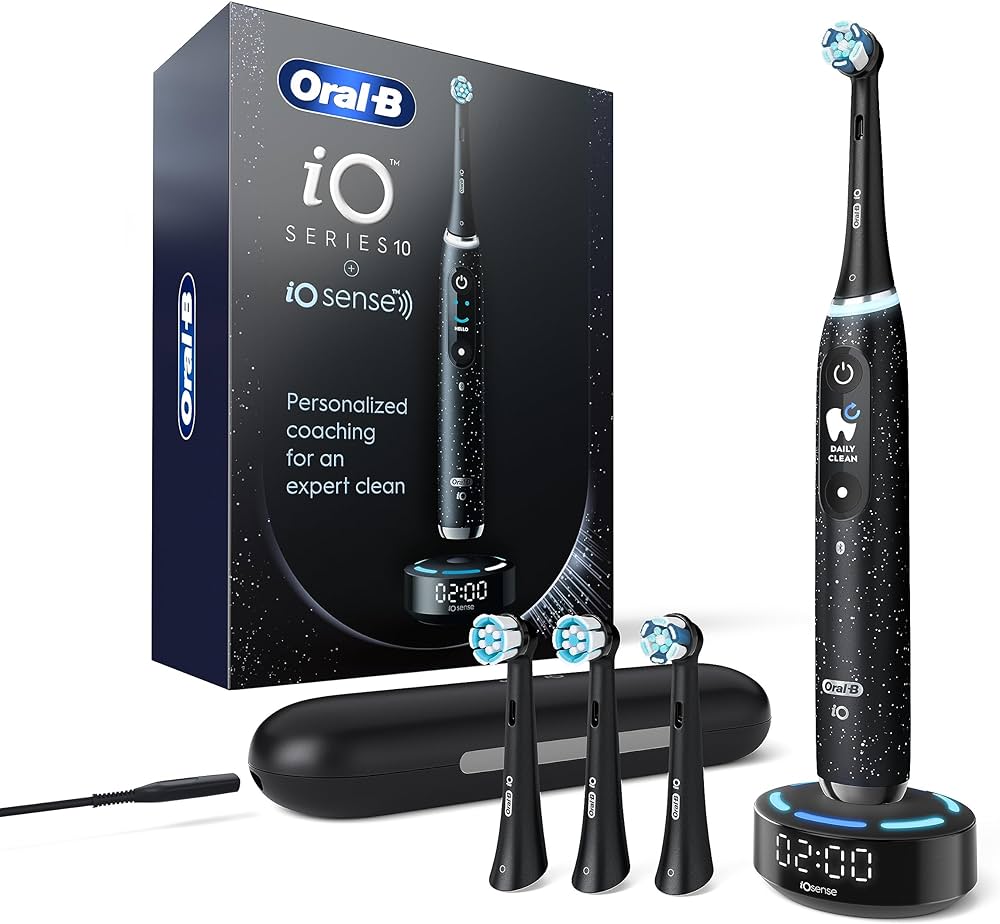
-
Additional Tips for Optimal Oral Hygiene
a. Store toothbrushes separately: If multiple toothbrushes are stored in the same holder, ensure they are spaced out to allow for proper air circulation and avoid cross-contamination.
b. Consider a toothbrush cover: If you need to travel or protect your toothbrush from external contaminants, use a toothbrush cover specifically designed for ventilation to allow air circulation while safeguarding against potential exposure.
c. Regularly clean toothbrush holders: Clean toothbrush holders regularly to remove any accumulated toothpaste residues, water, or other debris that can attract mold growth.
d. Keep toothbrushes away from toilets: Avoid storing toothbrushes in close proximity to toilets to minimize potential exposure to toilet plume, which can contain bacteria and mold spores.
-
Health Risks Associated with Moldy Toothbrushes
a. Oral infections: Using a moldy toothbrush can introduce mold spores into your mouth, potentially leading to oral infections, particularly for individuals with weakened immune systems or pre-existing oral health issues.
b. Allergic reactions: Mold spores can trigger allergies in some individuals, resulting in symptoms such as sneezing, coughing, nasal congestion, and respiratory discomfort.
c. Respiratory problems: Prolonged exposure to mold spores from a moldy toothbrush can potentially lead to respiratory issues, especially in individuals with respiratory conditions or sensitivities.
d. General health concerns: Mold exposure can affect overall health, causing symptoms such as headaches, fatigue, and difficulty concentrating, particularly in individuals who are sensitive to mold.
-
Precautions for Individuals with Mold Sensitivity or Allergies
a. Consult a healthcare professional: If you have a known mold allergy or sensitivity, or if you experience adverse symptoms after using a moldy toothbrush, seek medical advice for appropriate evaluation and treatment.
b. Opt for hypoallergenic toothbrushes: Consider using toothbrushes made from hypoallergenic materials or those specifically designed for individuals with allergies or sensitivities.
c. Store toothbrushes away from mold-prone areas: Ensure that toothbrushes are stored away from potentially damp or mold-prone areas, such as near sinks, showers, or areas with high humidity.
d. Use a HEPA air purifier: Investing in a high-efficiency particulate air (HEPA) purifier can help filter and reduce the presence of mold spores in the air, potentially minimizing exposure in your living space.
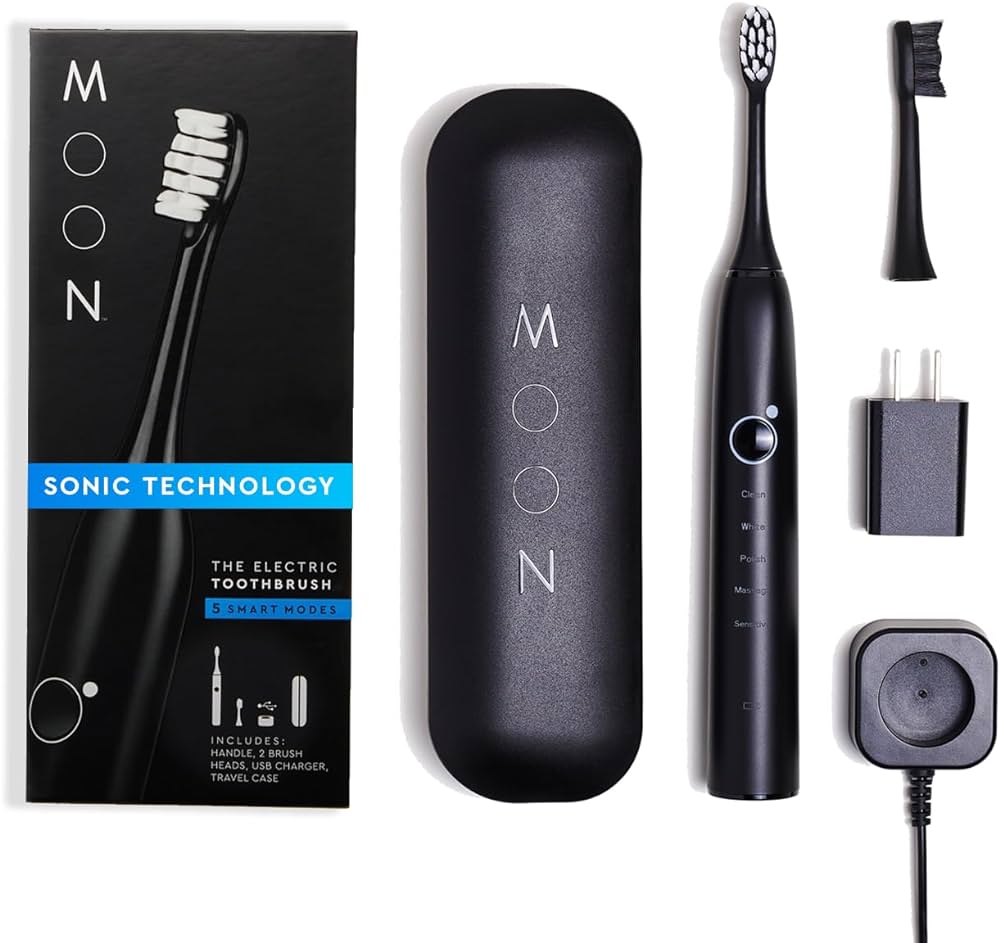
Conclusion: Maintaining a Mold-Free Toothbrush
Preventing and dealing with mold on toothbrushes can significantly impact your oral hygiene and overall health. By following the prevention strategies, implementing effective cleaning techniques, and promptly addressing mold presence, you can maintain a mold-free toothbrush and ensure optimal oral care. Remember to practice regular hygiene habits, replace toothbrushes regularly, and monitor for any signs of mold growth. With these proactive measures, you can enjoy a clean and healthy toothbrush, promoting a confident and hygienic smile.

